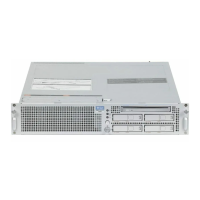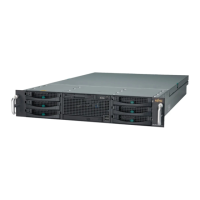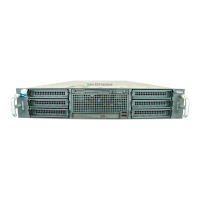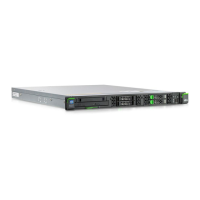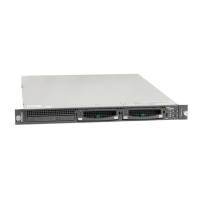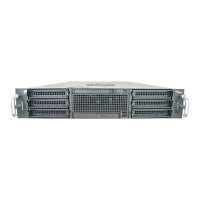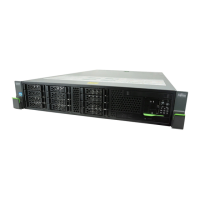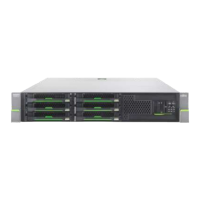298 U41840-J-Z125-7-76
● To make sure the replication segment is used when communicating with the target
ETERNUS CS800, you must add a network route in the Routing Details section on the
source ETERNUS CS800.
In this example, you would specify the following routing details for the replication
interface on the source ETERNUS CS800:
● Destination - Use the subnet of the target ETERNUS CS800 (192.168.20.0).
● Dest Netmask - Use 255.255.255.0.
● Dest Gateway - Use the IP address of the gateway (192.168.10.1).
● In addition, to enable communication with the target ETERNUS CS800 by means of the
gateway, you must add a second host route in the Routing Details section on the
source ETERNUS CS800.
In this example, you would specify a second set of routing details for the replication
interface on the source ETERNUS CS800:
● Destination - Use the IP address of the gateway (192.168.10.1).
● Dest Netmask - Use 255.255.255.255.
● Dest Gateway - Use the replication IP address of the source ETERNUS CS800
(192.168.10.100).
Figure 184: Interface Routing: Example 2
Backpanel Locations
The Backpanel Locations section at the bottom of the Network page displays a graphical
representation of the virtual Ethernet ports as they appear on the rear of the system.
The diagram indicates the current bonding configuration and connectivity status for all
Ethernet ports.
● Ports that are bonded together in an interface are shaded the same color.
Source ETERNUS CS800 Target ETERNUS CS800
192.168.10.x subnet
IP: 192.168.20.200
Replication IP:
192.168.10.100
Management/Data IP:
192.168.10.101
192.168.20.x subnet
Gateway IP:
192.168.10.1
192.168.20.1

